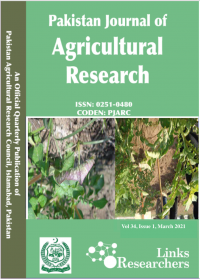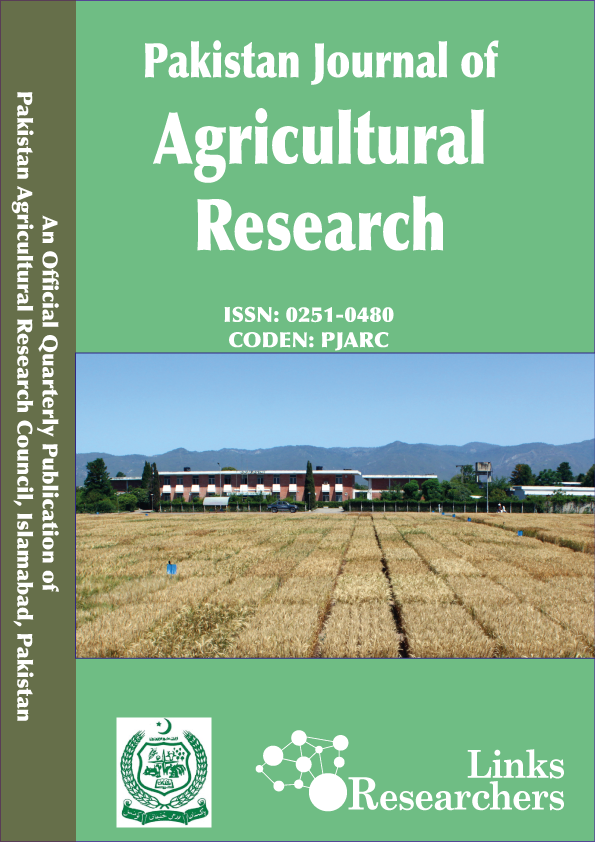Growth and Yield of Turnip (Brassica rapa L.) in Response to Different Sowing Methods and Nitrogen Levels in Salt-Affected Soils
Growth and Yield of Turnip (Brassica rapa L.) in Response to Different Sowing Methods and Nitrogen Levels in Salt-Affected Soils
Muhammad Qaisar Nawaz*, Khalil Ahmed, Ghulam Qadir, Muhammad Rizwan, Muhammad Faisal Nawaz and Muhammad Sarfraz
ABSTRACT
Increasing demand for food by expanding population, urged upon the scientists to evolve a site-specific crop production technology which not only increases production per unit area but also ensure the quality of daily dietary crops. For this purpose, a series of field experiments were conducted during 2013 to 2015 with objective to optimizing the different levels of nitrogen and the cost-benefit sowing methods for turnip production under moderately salt-affected soils. The experimental design was split-plot with sowing methods (bed and ridge) in the main plot and nitrogen doses (40, 60, 80 and 100 kg ha-1) as sub plot. Treatments were replicated three times with sub plot size of 4 m × 6 m. Measurements included were: number of plant/m-2, number of leaves/plants, root length, bulb diameter, forage yield and total bulb yield. Results revealed that all the studied parameters were significantly improved with nitrogen application @ 80 and 100 kg ha-1 in ridge sowing. However, 80 kg N ha-1 in ridge sowing documented maximum economic benefit as compared to other treatments and is suggested as most cost-effective technique for turnip production under moderately salt-affected soils.
To share on other social networks, click on any share button. What are these?







